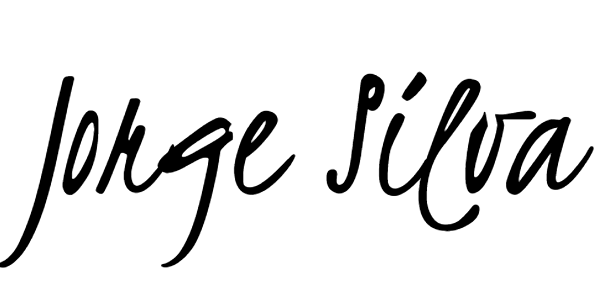- Galeria Local Newsletter
- Posts
- Issue 1: Into the Wild Frame
Issue 1: Into the Wild Frame
Where the Idealized and the Tangible Converge
GALERIA LOCAL
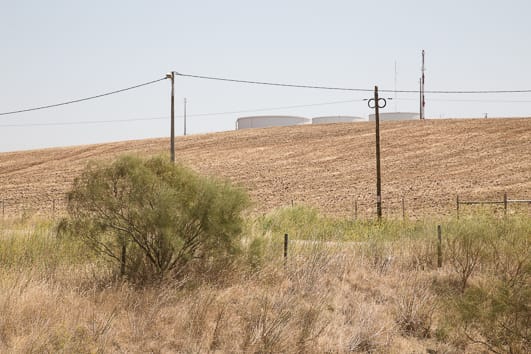
Welcome — and thank you for reading.
This is the first issue of a weekly newsletter that explores photography as a form of thought. Each month, I share a new essay that connects recent readings, fragments of conversation, or conceptual questions with my ongoing reflections on photography. These essays are not designed to explain, but to open — to frame photography as a space for inquiry, memory, and imagination. Alongside this, you’ll find glimpses into current and future projects — exhibitions, books, installations — and occasional fragments that didn’t fit anywhere else but insisted on being seen. Some issues are free, others are reserved for subscribers who wish to support the work more directly. If subscribing isn’t for you right now, you can still receive two issues each month and follow the public side of this journey. | This week, we begin with The Savage, the first part of a two-part essay. Let’s begin. 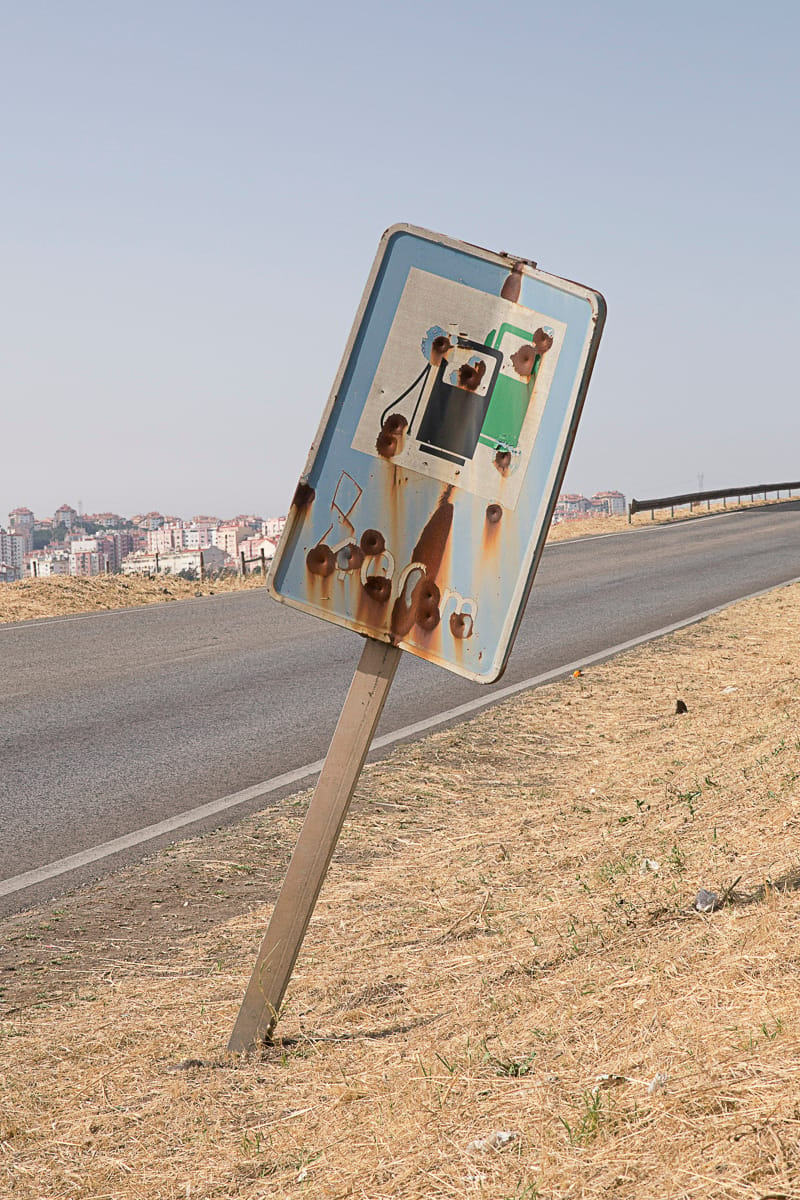 |
Essay
THE SAVAGE
John, the Savage in Aldous Huxley’s Brave New World, is perhaps one of the most misused tragic figures in modern literature. Cast halfway into the novel as a vessel of Shakespearean moral imagination, he is presented not as a character to be understood but as a symbol to be sacrificed. He becomes, in a phrase that encapsulates both his relevance and his doom, a living relic of meaning in a society that has no use for ambiguity, suffering, or transcendence.
This observation is not only a literary reading—it is a diagnosis. Ours is not yet a full-blown dystopia, but unmistakable signs point to a cultural drift that flattens value, vilifies contradiction, and punishes interiority. It is a world that prefers clarity, speed, and smooth experience—one where what cannot be marketed or simplified is quietly cast aside. Even resistance is metabolized into content. Tragedy becomes spectacle.
Unlike Orwell’s 1984, where totalitarianism crushes dissent through fear, Brave New World envisions a system in which dissent is disarmed through pleasure and distraction. If Orwell’s dystopia is terror by force, Huxley’s is a managed delirium—where even suffering is an error state, and transcendence, a design flaw. The world Huxley imagined doesn’t outlaw depth; it simply renders it unreadable.
This flattening trend persists today, although not in purely political forms. We see it in how emotional life is translated into metrics: resilience, mindset, emotional intelligence. These are not necessarily false frames, but they are tilted toward productivity. Suffering becomes a glitch in performance; contradiction becomes a branding risk. Ambiguity—once a hallmark of thought, art, and love—is designed out in the name of clean interfaces and optimized engagement.
Those who refuse this reduction—philosophers, artists, spiritual seekers, and even lovers of a certain kind—are increasingly perceived as impractical, unstable, obsolete, or romantic in the worst sense. In this context, I find myself reflecting on my own path. As a child, I was bewildered by the emotional logic of others. Unable to process it, I watched. Closely. Obsessively. And slowly, inadequacy became attention. Perception became a form of survival. Depth was not a choice—it was the only way forward.
The Portuguese writer José Saramago once responded to a question about promoting reading with a provocative truth: that reading will always be for the few. Culture, true culture, resists massification. And yet there are contrary voices—plants growing against the current. People who still speak boldly, give their bodies to bullets (metaphorical or otherwise), and preserve vital tensions. To suffer consciously. To refuse reduction. To long for transcendence not as a doctrine, but as an open horizon.
This, to me, is the quiet resistance. To be a relic is not to be outdated. It is to be out-of-joint with time in the name of something more enduring than time. And if I have a task now, it is to give voice to that tension. Perhaps through this essay. Perhaps through my newsletter. Perhaps, ultimately, through photography.
If there remains a space for transcendence today, it will not be found in institutions of power or prepackaged narratives, but rather in how we perceive. And few mediums speak more intimately to perception than photography.
Narrative Layers
Each project unfolds across many layers—visual, emotional, structural. This section opens a window into that layered process. Through image fragments, contextual insights, and occasional digressions, I trace how the exhibitions and books are shaped over time. As Visita Guiada nears its finissage, I share moments from its assembly—what was left out, what shifted in the space, and how memory continues to inform the work. With each issue, the story thickens.
VISITA GUIADA
Over the course of three years, I revisited the places that shaped my childhood and adolescence, and portrayed close family members as guides through this journey of memory. In this brief presentation, I share select photographs and introduce the project’s central question: Can photography truly access the past?
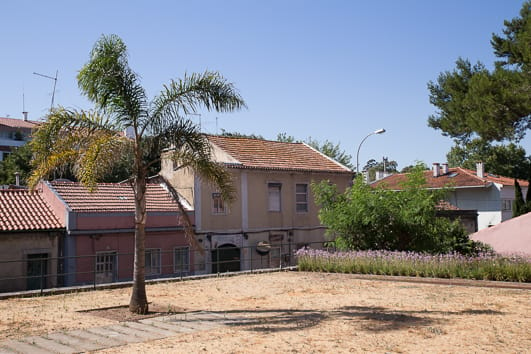 Photography, while bound to the present moment, has the unique power to evoke and represent time in its many moods. Through capture, context, and editing, it offers a lens where the idealized world and the tangible one converge, making it an extraordinary medium for expressing personal memory and subjective vision. | 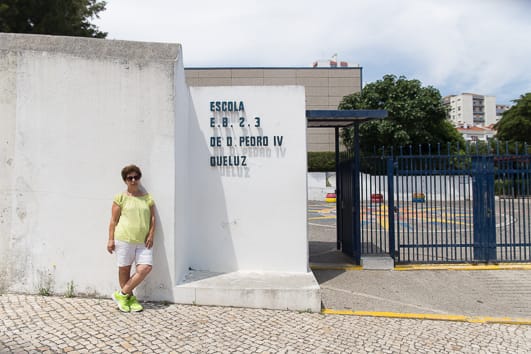 In future issues, I’ll dive deeper into the conceptual aspects of Visita Guiada and share more images that capture its essence. |
Join Us for the Finissage – June 8
As Visita Guiada closes its cycle, we invite you to a final encounter with the work, in the space where memory, light, and silence have been held these past months. Attendance is free, but space is limited.
Let us know if you’re coming—and feel free to bring someone you love.
Coming Next:
Memory, Framed
In next week’s paid issue, I share a new essay exploring how photography shapes — and distorts — our sense of memory. Drawing from Visita Guiada, I reflect on how the camera freezes emotion, silence, and time itself. Paid subscribers will also get early access to a set of exclusive hand portraits from the project, unseen until now.
If you're not ready to join the paid tier, no problem — the free edition continues every other week, with essays, previews, and reflections.
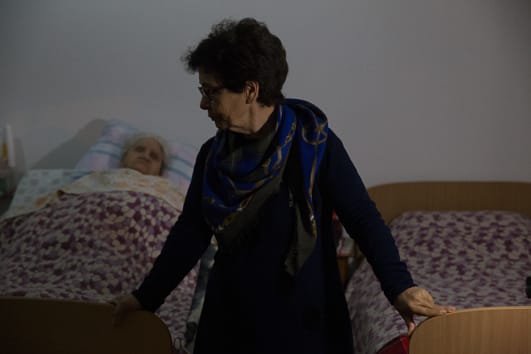
“The ordinary is a very under-exploited aspect of our lives because it is so familiar.”
Martin Parr
Until next time,
